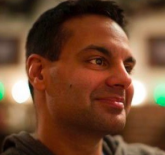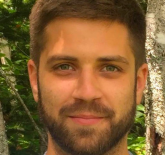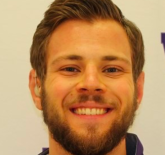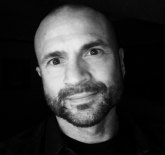Peer Review: The Impacts of an Olympic Wrestling Program on the Academic Achievements, Physical Health and Overall Wellbeing of a 13-Year-Old Indigenous Youth
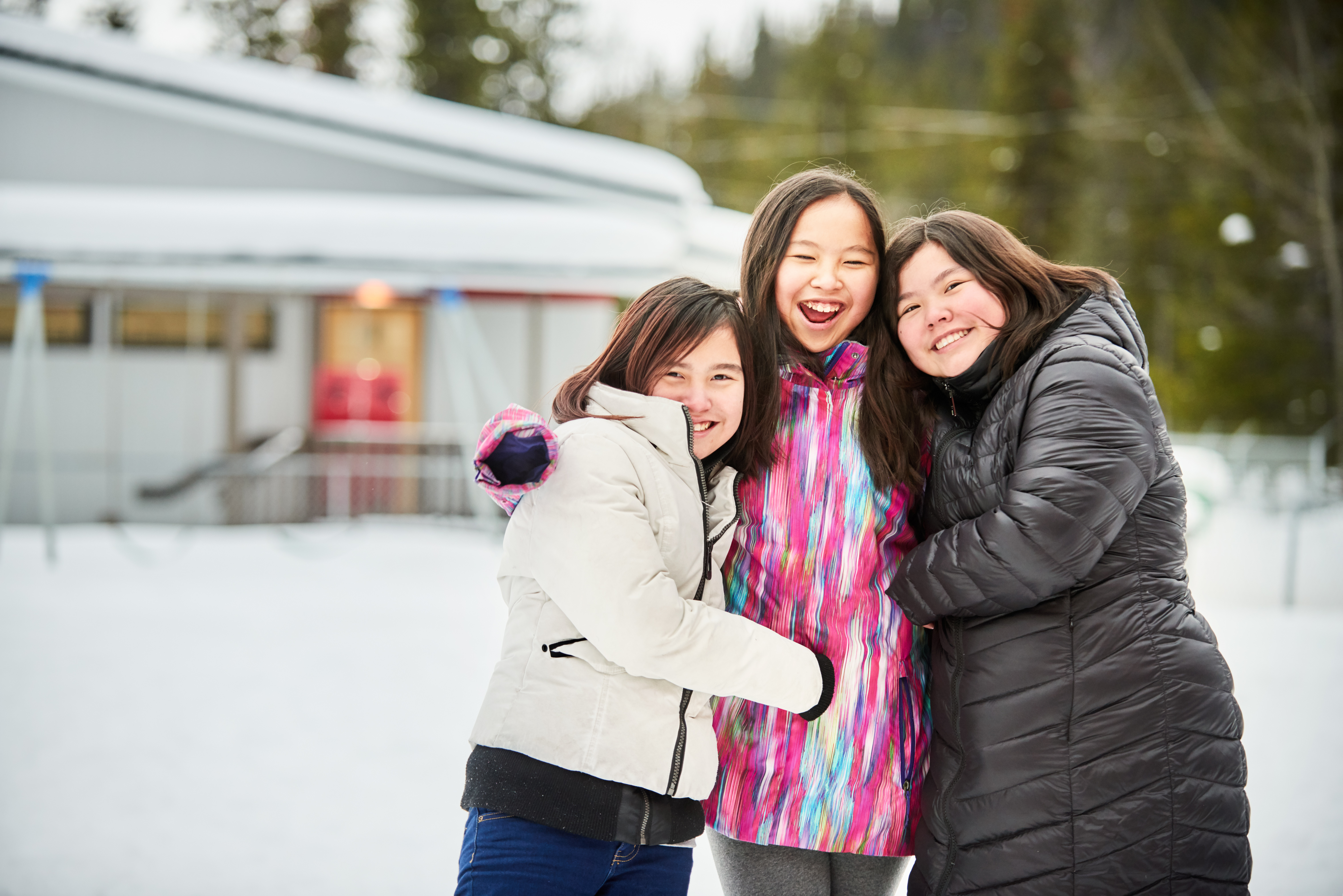
Previously published in Volume 84, Issue 1
Abstract
Youth living in Indigenous communities across Canada have shown to have lower levels of physical health and wellbeing than their non-Indigenous peers. An expanding body of research suggests that physical activity can have a positive impact on physical health and overall wellbeing. This case study was designed as a view into the change evident in one young woman (age 13) during her journey through an Olympic wrestling program implemented in her Indigenous community. Several tests were conducted with the participant, along with an interview with the participant & the participant’s guardian and a review of her school physical education grades. The interview focused primarily on how participation has impacted the youth’s life. Results suggest that increases in physical activity through participation in the Olympic wrestling program has lead to improvements in physical education grades, physical and, as it appears, overall wellbeing. Findings may be helpful to Indigenous communities who wish to start their own programs and to other professionals interested in working in these sport environments.
Background
Youth who live in Indigenous communities in Newfoundland and Labrador (NL) have been shown to have lower levels of physical health and wellbeing than youth who live in non-Indigenous communities (Lehti, Niemelä, Hoven, Mandell, & Sourander, 2009; Skinner, 2012). Several factors have been shown to contribute to these lower levels of health, such as, emotional trauma, lack of parental figure, family disruption, lack of access to social support, and loss of identity (Kral, 2016; Kral, Idlout, Minore, Dyck, & Kirmayer, 2011; Laiberte & Tousignant, 2009; Moniruzzaman et al., 2009; Richmond, 2009; Tousignant, 2013). Literature suggests that participating in extracurricular activities can increase youth self-esteem and as it pertains to sports, can lead to higher levels of physical and mental well-being (Daniels & Leaper, 2006; Erkut & Tracy, 2002; Tracy & Erkut, 2002). These increases can also lead to a higher degree of success in school (Castelli, Hillman, Buck, & Erwin, 2007).
Many youth-oriented extracurricular programs are not accessible to all due to social economic, gender, genetic, and physical fitness barriers (Allender, Cowburn, & Foster, 2006; Coakley & White, 1992; Orme, 1991; Roth & Brooks-Gunn, 2003; Silvey et al., Submitted; Silvey, Buote, Cameron, Donovan, & Dubrowski, 2017). The sport of Olympic wrestling has been shown to have fewer barriers to participation than most sports, and thus has been considered a positive choice as an extracurricular activity in the Indigenous community to nurture well-being (Hanson, Nabavi, & Yuen, 2001; Oh, Yoshino, Rana, Lee, & Hovatter, 2015; Rachele, Cuddihy, Washington, & McPhail, 2014; Sibold, Edwards, Murray-Close, & Hudziak 2015; Warner & Dixon, 2013). With these aims in mind, an Olympic wrestling program was implemented in a rural Indigenous community in Newfoundland & Labrador, Canada. The purpose of the program was to increase sport participation in the community, with the aim of improving physical and mental health (Silvey et al., Submitted; Silvey et al., 2017). Silvey et al. (Submitted) conducted an in-depth study to determine the impacts of the Olympic wrestling program.
An individual case study can often shed light on what results are possible from a program and indicate what could be lost in the statistics of a cohort study (Flyvbjerg, 2006). By examining a case study on an individual, researchers are able to suggest what the possibilities may be from a single intervention. Although an individual case study may not be generalizable to the public, it can be a strong study design for addressing questions that require description and aid in developing understanding (Green & Thorogood, 2014).
The purpose of this case study is to examine one specific youth who participated in the Olympic wrestling program introduced in the Indigenous community, by Silvey et al. (Submitted) to show what impacts may be possible to achieve from the program.
Methods
Prior to starting the study, ethics approval was obtained from the Health Research Ethics Board, of Newfoundland & Labrador. The Band Council of the Indigenous community in question granted permission, and participant/parent consent was collected.
The youth participant in question was a 13-year-old female student in grade 8 when the study was conducted. She participated in the Olympic wrestling program implemented in her community, as described in Silvey et al. (Submitted), on a regular basis (twice per week) for the duration of the program (10 weeks). Pre- and post-tests of physical and mental well-being were used to determine the effectiveness of the program. This youth appeared to benefit more than other participants who participated in the program and therefore, an interest was generated to further investigate some of the contextual factors (i.e. personal, family, other activities) that contributed to her success.
In order to examine the physical impacts of the program the following tests were completed by participants of the program and a control group (individuals who attended the same school, but did not participate in the program): body mass index, beep Ttest (cardiovascular fitness), number of push-ups in one minute –participants had the option of completing the pushups on their knees or toes (upper body muscular endurance), and grip strength (upper body strength) (Silvey et al., Submitted). The Kutcher Adolescents Scale (KADS) (Brooks, 2004) was used to assess the level of mental health of the participants of the program and a control group (Silvey et al., Submitted). The KADS has been shown to be a useful scale in the school setting, as it is time efficient, sensitive to change over time for each individual participant, and valid. Specific to this case study, the physical education grades of the participant were received with permission from both the Indigenous community school board and parents to compare changes. The physical education grade was chosen because it had the most notable change. Other grades (science, mathematics, English, etc.) improved, but not substantially. Grades from other participants and the control group were not made available to the researchers. Lastly, a short open-ended discussion was conducted between the guardian (mother) of the case study participant, the participant, and the researchers. This discussion took place in the youth’s home and allowed the participant and her mother, to speak freely about the impact of the program.
The changes between pre and post grades and physical and mental health tests were then compared and the changes noted for both the case study participant, the remaining participants in the program, and the control group.
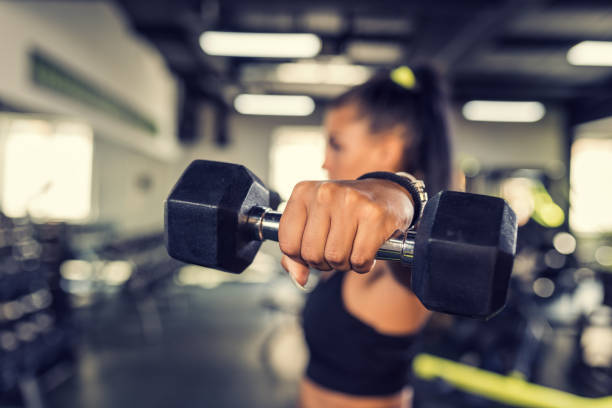
Results
Tables 1 through 6 show the results of the physical and mental well-being testing for all three groups. Each table also includes the changes between pre and post testing.
For BMI the results show a positive change (lower BMI) for the case study participant which seems to suggest that results doubled from that of the Intervention group and over three times greater than the control group.
For Beep test the results show a positive change (higher score) only for the case study participant while both the intervention group and the control group decreased.
For number of pushups in one minute the results show a positive change (higher score) for the case study participant and a decrease for the Intervention group. The control did increase slightly but was 17 times less than that of the case study participant
For grip strength the results show a positive change (higher score) for the case study participant, intervention and control groups. The case study participant was similar to the control group while the intervention group showed little change.
For the KADS test all the results show that all three groups improved (lower score) however, the case study participant’s score decreased by more than three times that of the control.
Table 6 shows the grades and changes for the case study participant. The case study participant took part in the program during Term 2 and Term 1 is used as a control.
The case study participant’s physical education grade showed a large increase after the intervention of the Olympic wrestling program.
The discussion with the participant’s guardian suggested that the parent fully supported the youth’s participation in the program and that the guardian was witnessing positive changes in the participant’s behavior. The guardian was heavily invested in the program from the beginning. She sent numerous emails to the school where the program took place and also to implementers about the program with different ideas she had to make the program more successful, and she purchased equipment for her daughter to train in the home. Still involved in the program, the guardian is currently working with the Band Council to make the program more sustainable in the community. The excerpt below shows that the discussion with the guardian demonstrates the passion the guardian had for her daughter’s interest in the program:
“As a parent I just want to thank you for bringing in the new [Olympic Wrestling] program. Although I understand this is only a part of a research project, as one mom I am truly thankful to you for giving my daughter an opportunity to explore something new that otherwise she would not.
After each and every practice she comes home happy and excited about what she has done today and what she has learned and talks of continuing this somehow. She even practices every day and is excited for the next practice after school. It would be nice to see this type of program continue. “
The discussion with the participant showed a high level of enthusiasm for the program. The participant used the interview time to show researchers around her house, spending an extended period of time demonstrating how she used the equipment purchased by her mother for her to train at home. She also discussed her mother’s support, training with her several times a week in the basement of their home. The mother would often call out different techniques and help her daughter as best she could complete the movements. The participant asked questions about future competitions and the program continuing once the 10-week trial is completed. She also mentioned to researchers that she was disappointed that her friends in school did not participate in the program, but admitted she did not participate in any other physical activity programs herself. She mentioned that instead of coming to the program they were “out drinking and doing other stuff.” Lastly, the case study participant discussed how many youth in her community were “followers…and if everyone isn’t doing it, then no one wants to do it.”
Once the 10-week Olympic wrestling program ended, there was very little wrestling training before the summer months. During the summer months, the case study participant did not remain active and found other interests. When she returned to school in the fall she decided not to participate in the program on a regular basis (less than once per week). However, her mother is now one of the most active members in the community promoting the program. She has incorporated the Olympic wrestling program into a youth activity program that she operates in the community to help improve the physical and mental health of youth though community cohesion creation programs. The case participant’s mother is now one of the leaders of the Olympic wrestling program and is training to become a wrestling coach.
Discussion
This case study demonstrates the potential impact that an Olympic wrestling program implemented in a rural Canadian Indigenous community can have on participants’ physical education grade, physical health, and mental health. It also demonstrates that parental involvement and support might be a key component to the success of participants in the program.
Getting youth active in order to increase physical and mental health has been a widely discussed topic in the past several years. Erwin, Michael, Centeio, and Morrow, (2014) and Geuevremont, Kohen, and Findlay (2010) both show the importance of increasing youth physical and mental health through extracurricular programs. They both suggest that this is currently extremely important due to the limited amount of physical education offered in schools across Canada and the United States (average one to two hours per week). This study supports these claims, as shown in this paper, as the youth participated in the extracurricular Olympic wrestling program, her physical and mental health improved substantially in almost all areas. Specifically, the youth’s mental health appears to have improved. This improvement in mental health as shown by the KADS scale, represents a decrease in anxiety, suicidal thoughts, and depression. Thus, reinforcing the claim that extracurricular sporting activities can lead to increases in mental health for participants.
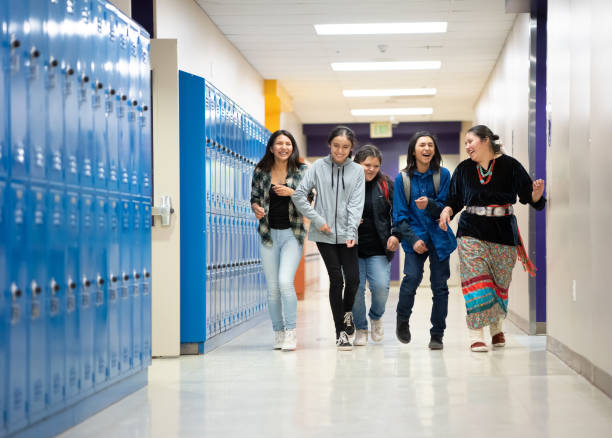
A major change is also seen in the youth’s physical education grade. Most physical activity programs are graded on motivation and participation (Zhu, 2015). The results of such assessment suggest that as the youth became more interested in the Olympic wrestling program she also became more interested in participating in her regular physical education classes. This increase in interest may have lead to a higher level of participation and is reflected in her term two grade for physical education.
Consistent with previous research, the current case study showed the important role that parents have in supporting their youth to engage in physical activity extracurricular activities (Adkins, Sherwood, Story, & Davis, 2004; Prochaska, Rodgers, & Sallis, 2002; Sallis, Prochaska, & Taylor, 2000). The case study participant’s mother was involved in the program from the onset. The mother of the participant constantly asked the implementers questions, attended meetings to support the program, and motivated her daughter to train by purchasing her equipment and training with her at home. Alderman, Deal, and Olson (2011) and Trost et al. (2003) both show a strong correlation between parental support and levels of youth physical activity. This parental support may also have lead to the participant’s positive attitude and enthusiasm towards the program. Therefore, an increase in parental support can lead to greater improvements in school performance, physical health, and mental health with a higher degree of participation in physical activity programs. The support of the mother of the case participant has also helped the program become sustainable. This supports Wilson, Lawman, Segal, and Chappell (2011) findings that parental and neighborhood involvement leads to higher levels of youth physical activity and can lead to more sustainable programs. Although the case participant decided to stop participating in the program on a regular basis, her mother’s involvement in the program has lead to an increase in the number of youth participating (from 11 during intervention to 20 currently).
When speaking with the case study participant, a high level of enthusiasm for the program was noticed by researchers, however the youth also voiced concerns of not having friends participate in the program. Pate, Long, and Heath (1994), Prochaska, et al., (2002), and Smith (1999) have all shown that peer influence/pressure is one of the main factors contributing to participating or not participating in physical activity programs. The strong influence of peers can either make youth decide to participate or if peers later drop out of a physical activity program, they are likely to influence their close peers to drop out as well. This is supported by the youth’s statement that many of her peers would not participate in the program, because “everyone else isn’t doing it.” Although the youth did reveal concerns of her peers not participating, she choose to participate for the entirety of the program and this may have been due to her guardian’s strong support during the program. The case study participant’s mother was involved in the program from the onset. The parental role may have been a substitute for the lack of peer support for the youth in the program and lead to the participant’s positive attitude and enthusiasm towards the program. To reiterate, an increase in parental support could lead to a higher degree of participation in physical activity programs in spite of lack of peer support, which in turn may lead to greater improvements in school performance, physical health, and mental health.
Limitations
As this is a case study, the information is limited to just that of the individual participant and cannot be generalized. Since the program was run for only 10 weeks, future studies should attempt to examine more long-term offerings to determine the impacts. Interviews with other friends and family could have provided more detail on the supportive factors influencing this girl’s participation. Further follow-up would have helped to explain the case’s decision not to consider participating when she returned to school after the summer break. This case study also suggests there would be value in exploring contextual factors with other participants who did not demonstrate the same improvements as this case.
Conclusion
This case study shows what an extracurricular Olympic wrestling program can achieve in relation to physical education, physical health, and possibly mental health as it pertains to participants with positive parental support. The improvements seen in the youth’s physical and mental health may be higher than average, but are something for implementers of future programs to strive towards. This case study reinforces the importance of offering youth several different choices of extracurricular activities that can lead to healthy, more engaged participation. It also supports the notion of the importance of gaining parental involvement in youth activity programs.

